Key Highlights
- Business continuity focuses on maintaining critical operations during disruptions, while resilience emphasizes adapting and thriving in despite serious challenges.
- Both continuity and resilience provide competitive advantages by ensuring business operations continue smoothly and effectively.
- A strategic business continuity and resilience approach is necessary for long-term organizational success.
- The interplay between business continuity and resilience is crucial for ensuring organizational success.
Introduction
Business continuity ensures critical operations can continue under any circumstances, while resilience involves adapting and flourishing. These two concepts are closely linked and form the basis for organizational success in times of crises, including cyber threats and opportunities for development and innovation.
Table of Contents
ToggleHere, we will examine the meaning of business continuity and resilience, their essential elements, how they interact, and their importance for organizations.
Defining Business Continuity in Modern Enterprises
In a highly competitive environment, maintaining business continuity is vital for organizations to sustain operations during and after disruptions. It involves strategically preparing to support essential functions through security breaches or disasters. A business continuity plan (BCP) outlines strategies and resources for swift recovery from various scenarios, including disaster recovery to restore systems and data.
Conducting a business impact analysis (BIA) is a crucial aspect of business continuity. This process identifies critical business processes and assesses the potential impacts of disruptions on these operations. The BIA helps prioritize resources and recovery efforts based on the significance of each business function.
A well-designed and regularly tested BCP is essential for minimizing downtime, protecting the organization’s reputation, and maintaining customer trust.
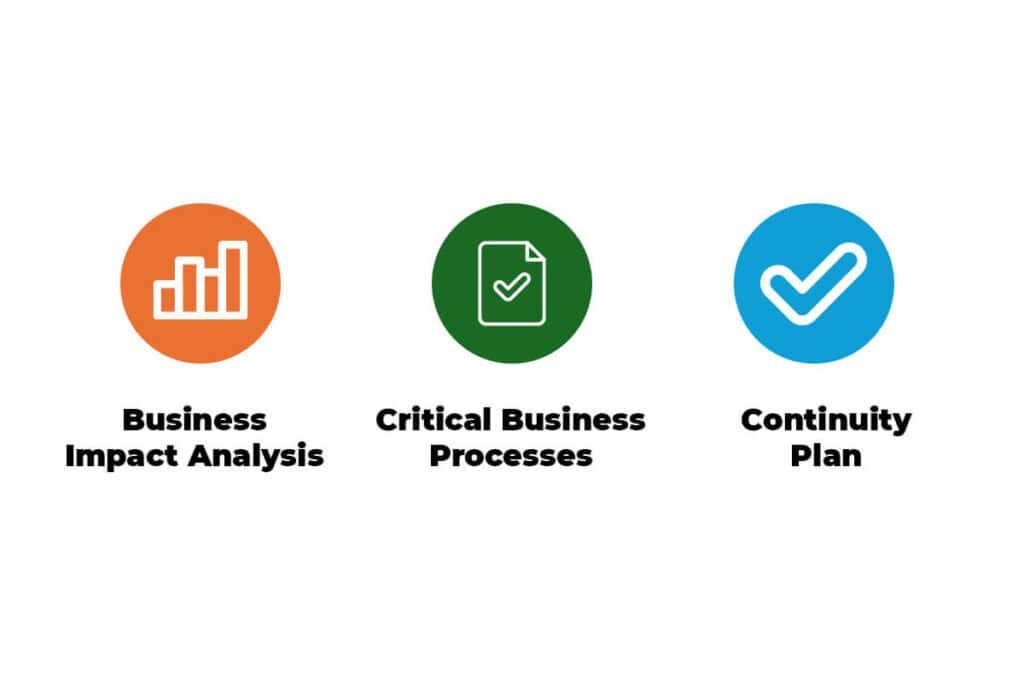
The Critical Elements of a Business Continuity Plan
A business continuity plan (BCP) is crucial to business continuity management. It outlines the strategies, processes, and resources necessary for an organization to continue its critical operations during a disruption. Understanding the key components makes it easier to develop the BCP.
Here are the critical elements that should be included in a BCP:
- Business Impact Analysis (BIA): A BIA helps identify and prioritize critical business processes. It assesses the potential impact of disruptions on these processes, including financial, operational, and reputational consequences. The BIA provides valuable insights for resource allocation and recovery prioritization.
- Critical Business Processes: Knowing the key business processes that must be maintained during a disruption helps with prioritization. These processes are often time-sensitive and directly impact the organization’s ability to deliver products or services. Based on their criticality, prioritize the allocation of resources and recovery efforts.
- Continuity Plan: A comprehensive plan outlines the strategies, procedures, and resources to be utilized during a disruption. The plan should address various scenarios and provide clear guidelines for decision-making and communication. It should also include roles, responsibilities, contact information, and escalation procedures.
What Makes Business Resilience Different?
Business continuity maintains critical operations during a disruption, while business resilience is proactive and strategic. Operational resilience involves building flexibility and agility into processes, systems, and strategies to withstand disruptions. Resilience is proactive, aiming to improve processes despite disruptions and recognizing significant differences between the two strategies.
Resilience prevents failure rather than focusing on recovery.
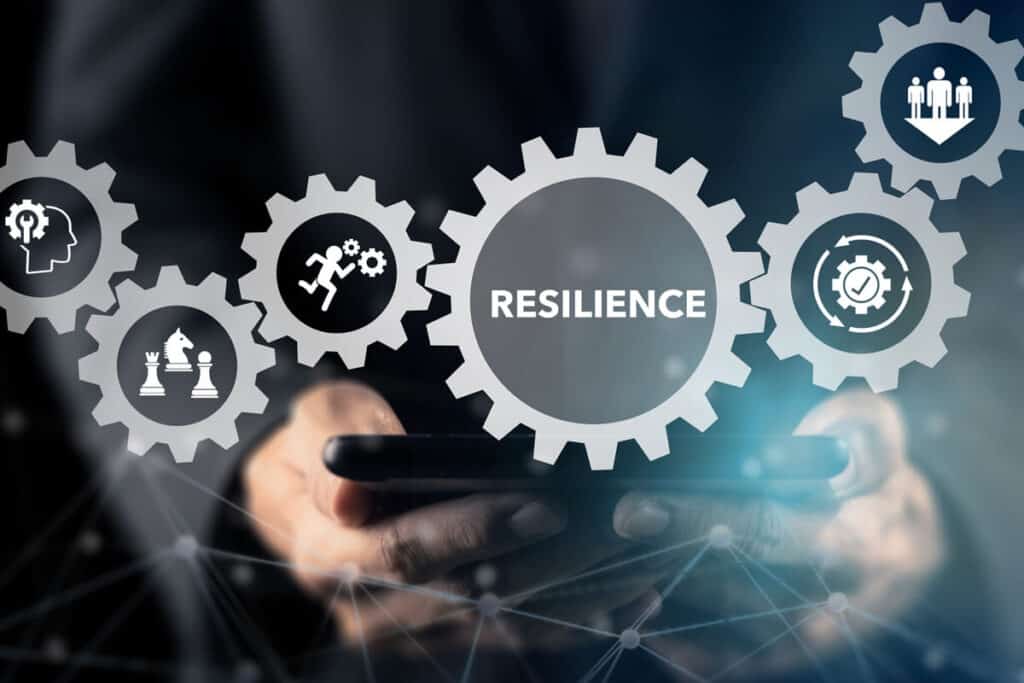
Key Components of a Resilient Business
To build a resilient business, organizations must focus on key components contributing to its ability to withstand disruptions.
Organizational Resilience
Organizational resilience is achieved by creating a culture that values flexibility, adaptability, and innovation. It includes empowering employees to prioritize internal safety and operational stability through training and awareness sessions aligned with organizational objectives.
Preventing Supply Chain Disruptions
Another important component is the ability to navigate supply chain disruptions by having strategies to identify potential risks, establish alternative suppliers, and implement contingency plans to ensure stability.
Alternative Working Arrangements
The shift to remote work offers improved resiliency as organizations already have the infrastructure, technology, and policies to support remote work effectively. They prioritize communication, collaboration, and cybersecurity to maintain productivity and operational effectiveness.
These components work together to create resilient operations that can withstand disruptions and continue to thrive in an ever-changing environment.
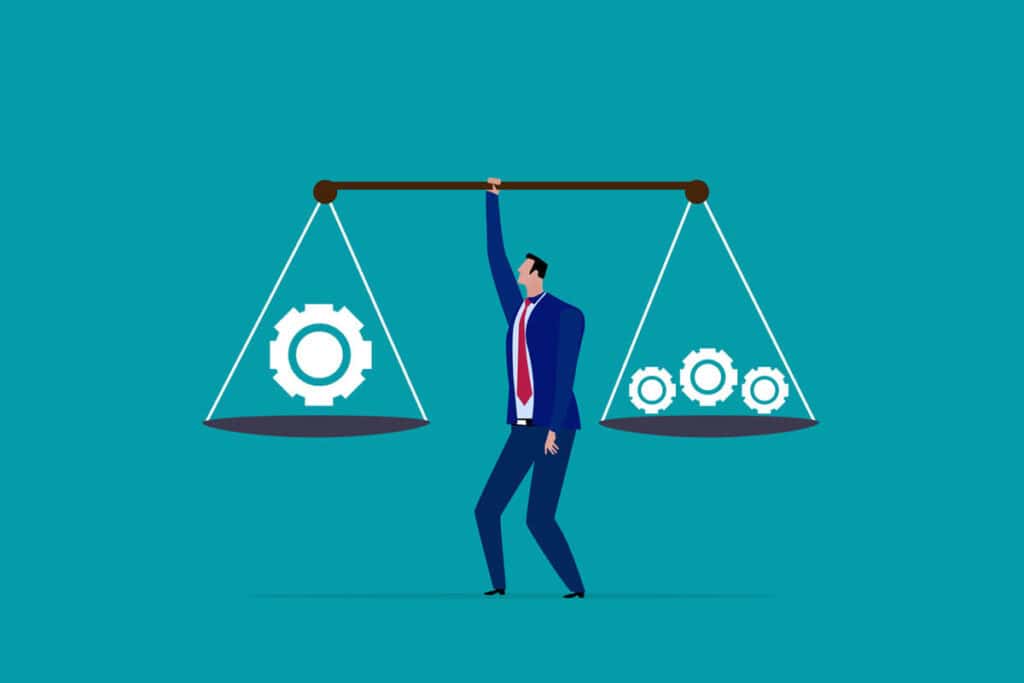
The Interplay Between Business Continuity and Resilience
Business continuity and resilience are not separate entities but rather interconnected aspects of an organization’s risk management strategy. While they have different focuses, they complement each other in building a robust and adaptable operational framework.
The interplay between these concepts strengthens an organization’s ability to withstand and recover from disruptions, large or small, enhancing its overall risk management strategy.

How Business Continuity and Resilience Support Each Other
Business continuity and resilience are two sides of the same coin, supporting and reinforcing each other to ensure the smooth functioning of business operations.
Business continuity plans provide the framework and procedures for maintaining critical operations during disruptive events. These plans include crisis management strategies, emergency response plans, IT disaster recovery plans, and other components related to information systems. By implementing these plans, organizations can effectively respond to crises, mitigate risks, and minimize the impact on their operations.
Resilient organizations, on the other hand, go beyond mere continuity planning. They have a proactive approach to risk management, constantly assessing potential threats and adapting their strategies and processes to address them.
Resilience enables organizations to navigate uncertainties, identify growth opportunities, and enhance their risk management capabilities. Resilient IT architecture prevents downtime and enables technology to continue functioning without interruption during all but the most extensive disasters.
Together, continuity and resilience form a comprehensive risk management strategy.

Why Businesses Can’t Afford to Ignore These Concepts
Business continuity and resilience are not just theoretical concepts but essential components for the success and sustainability of any organization. Ignoring these concepts can seriously affect operations in today’s complex and uncertain environment.
One key reason businesses cannot afford to ignore business continuity and resilience is the competitive advantage they provide. Organizations that have robust continuity plans and resilient strategies can better navigate disruptions, minimize downtime, and continue to deliver products or services to their customers. This gives them an edge over competitors who may struggle to recover from disruptions and maintain their operations.
Effective business continuity and resilience are crucial for organizations to meet stakeholder expectations. Customers, investors, and regulators require businesses to have plans in place to manage disruptions and risks. Failure to do so can result in reputational damage, loss of trust, and legal implications.
Prioritizing continuity and resilience in strategic planning enables organizations to identify risks, develop mitigation strategies, and align operations with long-term goals. This proactive approach helps businesses adapt quickly to changes and seize growth opportunities for sustainability in a dynamic global economy.

The Impact on Stakeholders and the Bottom Line
Business continuity and resilience have a significant impact on stakeholders and the overall bottom line of an organization, as detailed below.
Financial Resilience
Financial resilience is a key aspect of business continuity and resilience. Organizations can minimize financial losses and protect their bottom line by having plans and strategies in place to mitigate risks and maintain critical operations during disruptions. This includes insurance coverage, alternative revenue streams, and financial planning for potential disruptions.
Stakeholder Expectations
Stakeholder expectations also play a crucial role. Customers, investors, and employees expect organizations to have robust business continuity and resilience plans to ensure the continuity of products and services, safeguard data and information, and protect the well-being of employees. Failing to meet these expectations can lead to reputational damage and loss of trust, which can significantly impact the bottom line.
Preventing Business Disruptions
Business disruptions, whether caused by natural disasters, cyber-attacks, or other factors, can have severe financial consequences. Without effective business continuity and resilience measures, organizations may struggle to recover from disruptions, resulting in revenue loss, increased costs, and potential long-term damage to the business.

Step-by-Step Guide to Building Continuity and Resilience
Building continuity and resilience within an organization requires a systematic approach. Following a step-by-step guide, organizations can establish effective continuity and resilience plans and processes.

Step 1: Conduct a Risk Assessment
The first step in building continuity and resilience is understanding organizational risk by a comprehensive risk assessment. This involves identifying potential threats and risks and understanding their potential impact on the organization.
What are the Key Components of a Risk Assessment?
- Identifying and documenting potential risks and threats to the organization
- Assessing the likelihood and potential impact of each
- Conducting a business impact analysis to understand the criticality of different processes and assets
- Prioritizing risks based on their potential impact and likelihood
- Gathering data and information to inform decision-making
- Engaging relevant stakeholders in the risk assessment process
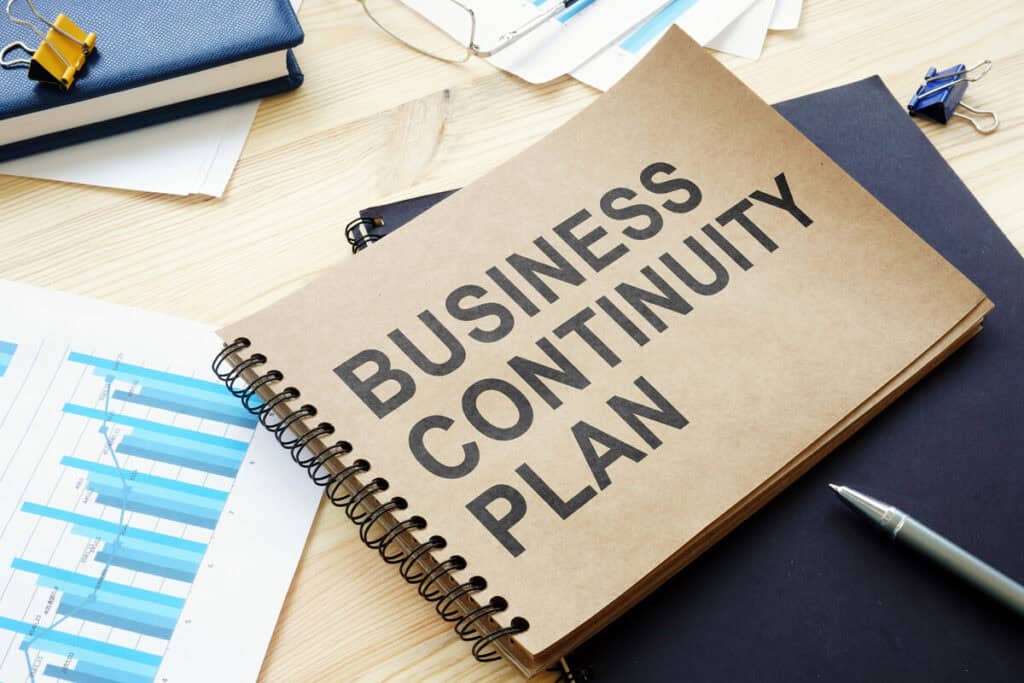
Step 2: Develop Your Business Continuity Plan Including Business Resiliency
Once the risk assessment is complete, a robust business continuity plan must be developed. This plan outlines the strategies, procedures, and resources required to ensure the continuity of critical operations during a disruption.
Key Components of a Business Continuity Plan
- Documenting critical operations and processes that need to be maintained during a disruption
- Establishing clear roles and responsibilities for all key personnel
- Identifying alternative work arrangements, such as remote work or backup locations
- Developing communication plans to ensure effective internal and external communication during a disruption
- Implementing disaster recovery plans to recover critical systems and data
- Testing and exercising the plan regularly to identify gaps and improve effectiveness
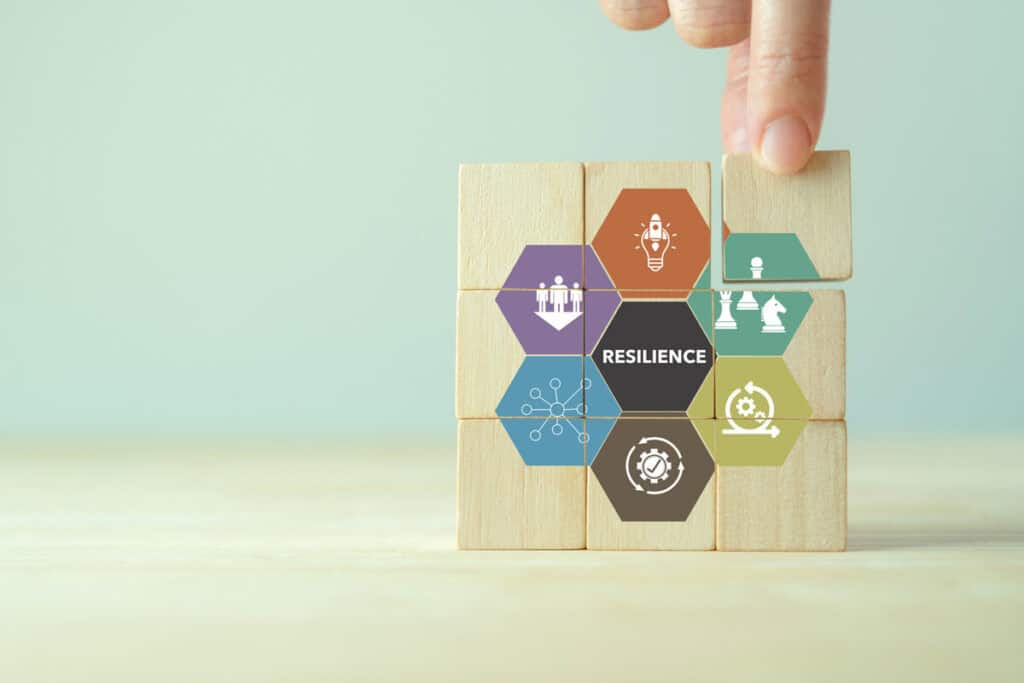
Step 3: Integrate Resilience into Your Organizational Culture
Building resilience requires integrating it into the organizational culture. This involves fostering a mindset of adaptability, flexibility, and continuous improvement.
Steps to Integrate Resilience into Organizational Culture
- Providing training sessions to educate employees about the importance of resilience and how it contributes to the organization’s success
- Encouraging innovation and creative problem-solving to address potential disruptions
- Empowering employees to take ownership of initiatives and contribute their ideas and expertise
- Incorporating resilience goals and objectives into performance evaluations and reward systems
- Creating a safe and supportive environment that encourages open communication and collaboration
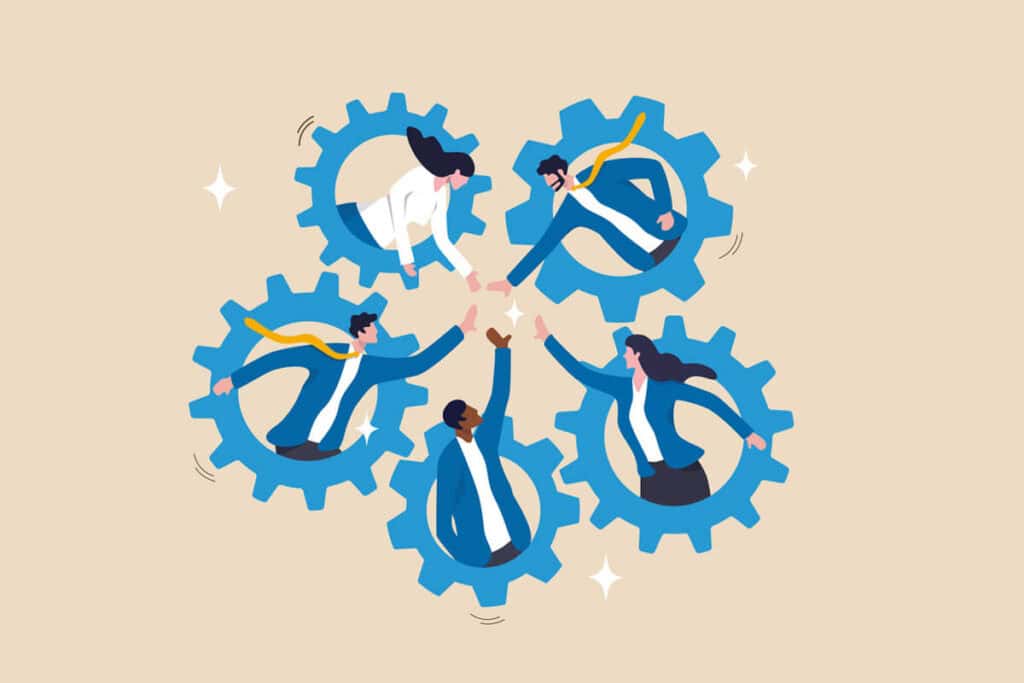
Step 4: Implement and Test Your Plans Regularly
Implementing and regularly testing your plans is essential to ensure their effectiveness and identify areas for improvement.
Steps for Implementing Testing into BCP
- Implementing the business continuity plan across the organization and ensuring all employees are aware of their roles and responsibilities
- Conducting regular testing and exercises to simulate various disruption scenarios and evaluate the plan’s effectiveness
- Collecting feedback from employees and stakeholders to identify areas for improvement
- Continuously reviewing and updating the plan based on lessons learned from testing and feedback
- Conducting regular audits to ensure compliance with regulatory requirements and best practices

Step 5: Review and Adapt Plans Based on Feedback
The final step in building continuity and resilience is to review and adapt the plan based on feedback and new information. This involves creating a feedback loop and ensuring that the organization can respond to changing circumstances.
Creating a Culture of Continual Improvement
- Establishing a feedback loop to gather input and insights from employees, stakeholders, and partners regarding the effectiveness of the plans
- Analyzing feedback and identifying areas for improvement or modification
- Updating the plans based on new information, lessons learned, and emerging risks
- Communicating and training employees on changes to the plans
- Continuously monitoring and assessing the effectiveness of the plans and making adjustments as needed
Conclusion
Having both continuity and resilience is crucial in the business landscape. Continuity prepares for disruptions, while resilience helps adapt and thrive. By integrating risk assessment, continuity planning, testing, and fostering resilience in company culture, businesses safeguard their interests and growth potential in a dynamic environment.




